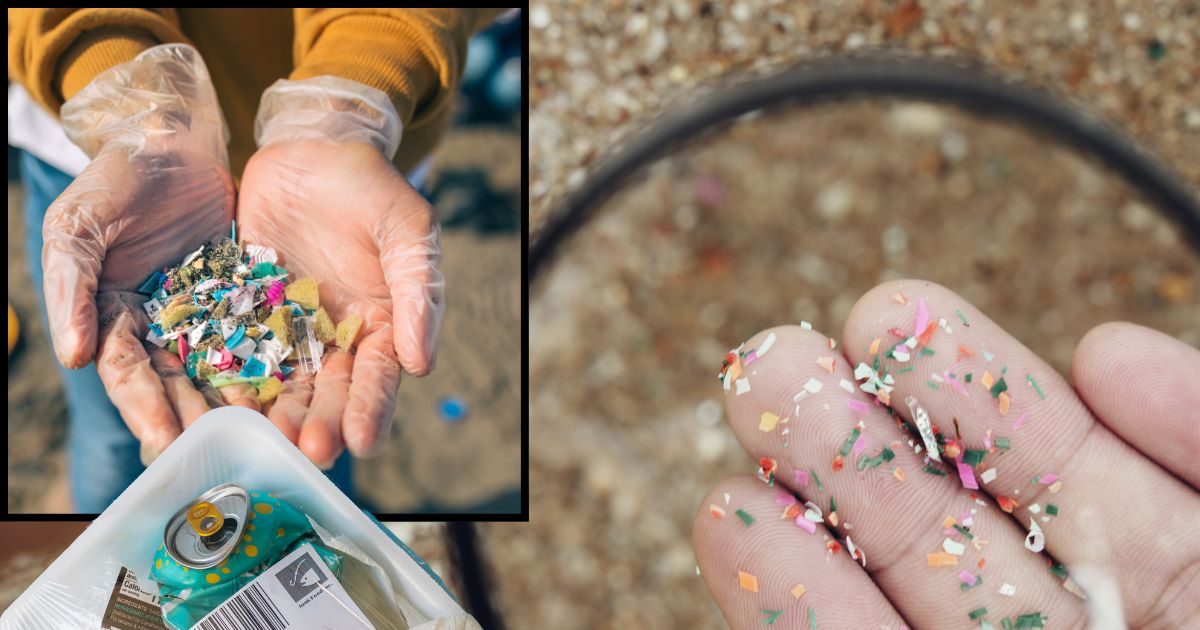A new study conducted on animals has found that microscopic plastic particles (microplastic) found in food and drink can affect the process of processing the body’s glucose (glucose metabolism). This can cause damage to organs like liver (liver). The results of this study create anxiety that people who are consuming substances with microplastics (5 millimeters smaller) and nanoplastics (smaller than 100 nanometers) may have health problems. These small plastic particles can be found in food items, especially through seafood and other foods.
Amy Parkhast, a PhD student at the University of California located in the city of Davis, USA, said, “We find out that polystyrene nanoplastic goes into the body of glucose and damage to the liver (liver). Confirms the results of the recently conducted animal studies and further.”
1 million plastic particles can reach the body throughout the year
Previous estimates show that a person can swallow around 40,000 to 50,000 microplastic particles every year through food and drink. According to some estimates, this number can also reach 1 million (1 million) particles annually.
Research focused on nanoplastic particles
In this study, researchers focused on nanoplastic particles going into the body through food items. Researchers gave 12 -week male mice with a normal rat dose daily with a dose of polystyrene nanops. Polystyrene is a common plastic, often used in food packaging and other products.
Research on first mice
Researchers gave the mice a daily 60 mg of nanoplastic dose daily according to their body weight keeping in mind the studies on earlier mice and the possible contact level of humans. Earlier, the effect on health was seen earlier.
Know what came the truth in research
-Parkharst said, “We cannot fully control all kinds of plastic that comes in contact with mice. But our plan was such that we could see what changes in the body occur when the nanoplastic supplements increased, because there was more risk in the group with high doses.”
– Polystyrene did not eat nanoplastic food compared to mice to eat glucose in the body and an increased level of enzyme called an enzyme called aqueline aminotransferase, which is a sign of damage to the liver (liver).
– Researchers in polystyrene eating mice saw that the problem of leakage was found in their intestine, which increased the amount of harmful substances called endotoxin in the body, which could weaken the liver (liver). Parkharst said, “Our results indicate more research to help in making policies related to micro and nanoplastics.”




